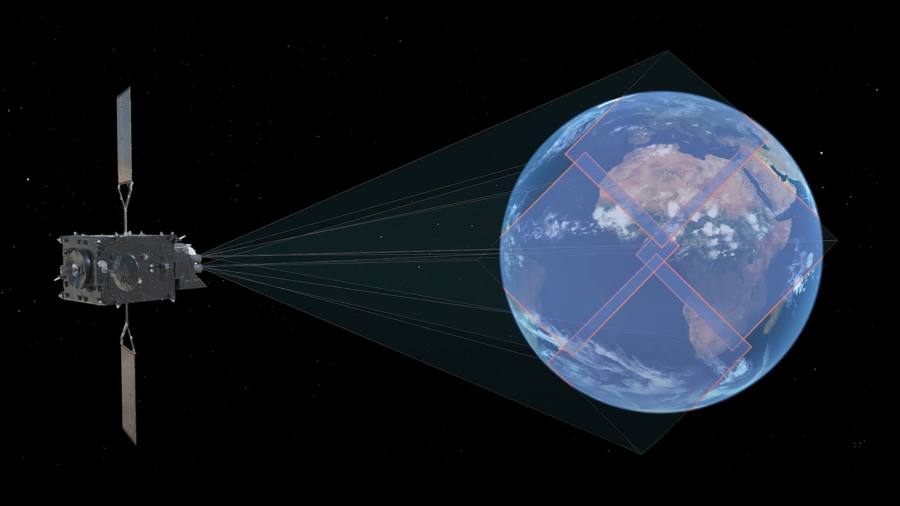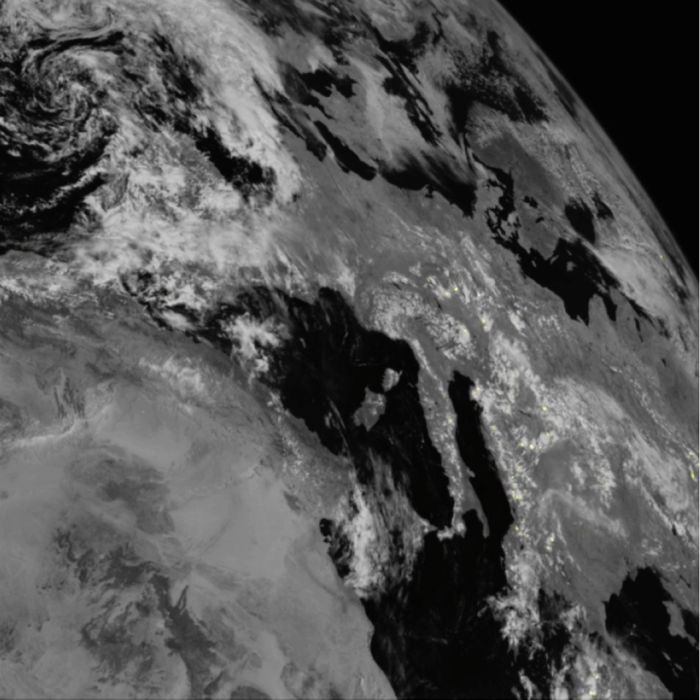
Receive free Satellites updates
We’ll send you a myFT Daily Digest email rounding up the latest Satellites news every morning.
Meteorologists have hailed a new space-based detector for its ability to predict severe storms, after spectacular first observations were released showing lightning flashing many times a second over Europe and Africa.
The imager on Europe’s Meteosat Third Generation satellite, launched last December, detects all lightning activity.— within and between clouds and strikes to the ground — from its geostationary orbit 36,000km above the equator over central Africa
“Severe storms are often preceded by abrupt changes in lightning activity,” said Phil Evans, director-general of Eumetsat, the European weather satellite agency which operates Meteosat. “By observing these changes in activity, lightning imager data will give weather forecasters additional confidence in their forecasts of severe storms.”
Severe storms have caused an estimated €500bn of damage over the past 40 years in Europe alone, Eumetsat said, and they are becoming more frequent as a result of climate change. The advances in detection technology will help authorities better protect lives and livelihoods from extreme weather events, Evans said at a briefing that showcased the images on Monday.
The western hemisphere already has a lightning detection system provided by US National Oceanic and Atmospheric Administration’s satellites, which the US National Weather Service uses to forecast intense thunderstorms. The data feeds into a LightningCast warning model which incorporates artificial intelligence-based algorithms for predicting storm activity.
Lightning flashing over Europe

Satellite animation of Europe © Eumetsat
Europe’s latest weather satellite, operated by Eumetsat, has a new lighting imager that detects lightning continuously around the clock from orbit. This will improve the detection and prediction of severe storms.
According to its developer Leonardo, an Italian aerospace company, Eumetsat’s new system has higher resolution and performance than its US counterpart launched in 2016,
“The lightning imager has four cameras and each one can capture 1,000 images per second, day and night, detecting even a single lightning bolt in 0.6 milliseconds — faster than the blink of an eye,” said Guia Pastorini, Leonardo’s project engineering manager.
AI-based analysis reduces the amount of data transmitted back to Earth more than 1,000-fold, rejecting everything that is not directly related to lightning. “Thanks to specific algorithms, data is processed on board to send only useful information,” she said.
Lightning kills several thousand people a year worldwide — mainly in tropical regions. It is important meteorologically as an indicator of severe storms that cause most damage from intense rainfall and high winds.
“Above all this is about protecting lives and livelihoods, enabling forecasters to track the development of severe storms and providing a longer lead-in time to warn authorities and communities,” said Evans.
Eumetsat does not issue storm warnings directly but feeds data to national weather services which then alert the public, businesses and local authorities.
Gary Fowler, Eumetsat instrument manager, expects the observations to be particularly useful for weather services in central Africa, which has one of the highest levels of lightning activity in the world but limited facilities for ground-based observations.
The MTGI1 satellite provides images of clouds and weather systems as well as lightning flashes, further boosting its forecasting ability. The commissioning phase will last until early 2024. when it becomes fully operational. It is the first of the three satellites in the planned €4.6bn Meteosat Third Generation system scheduled for completion in 2026.